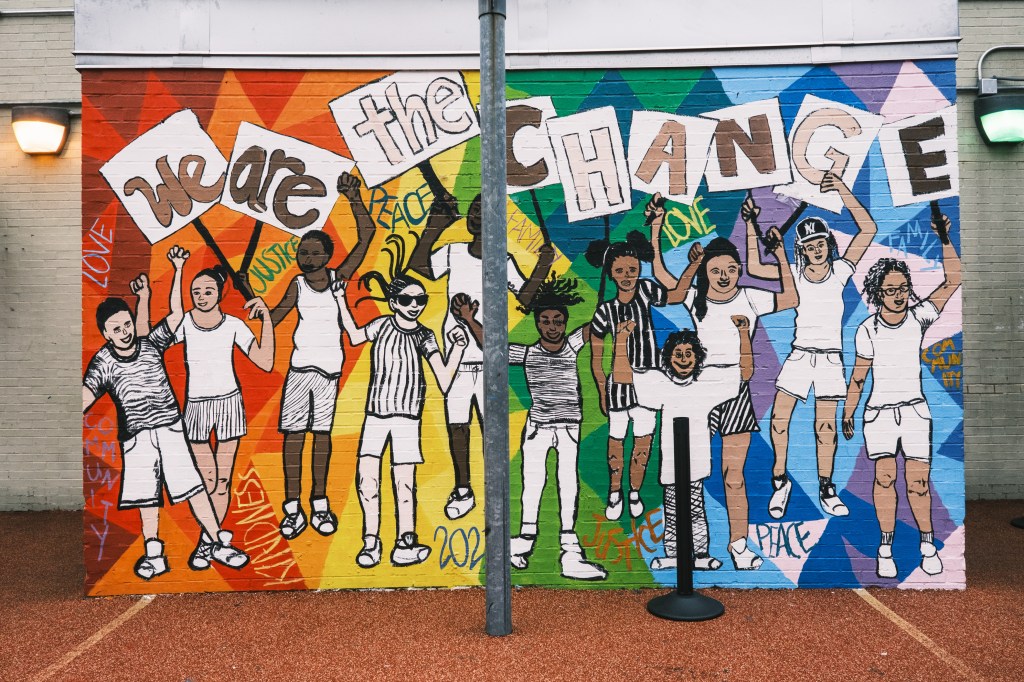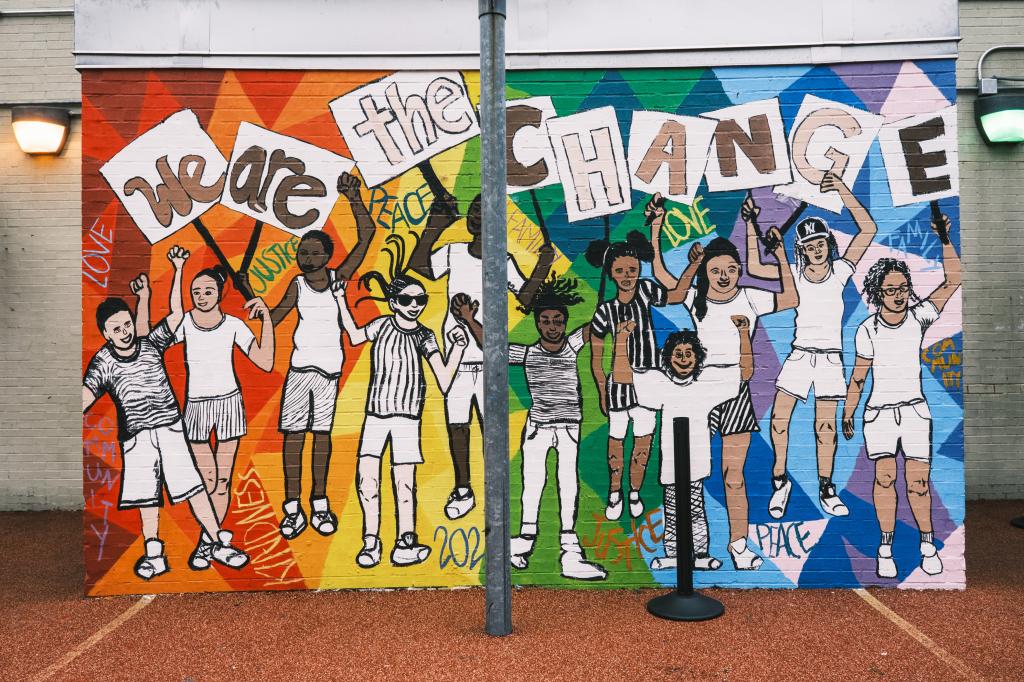Charter schools narrow achievement gaps in Harlem, outperforming NY state averages in math, reading: report
Charter school students in Harlem are now performing better than the New York state averages in reading and math — a key indicator of the once-struggling neighborhood’s upward trajectory in education, according to a new report.
Today, 59% of kids in community School District 5 attend a privately run, publicly funded charter school compared to a traditional district school in Harlem, research compiled by Success Academy Charter Schools found.
And they’re passing with flying colors — beating state averages by 10% in math and 9% in reading, the data showed.
That’s a vast improvement from 2005, when Harlem students, most of whom attended district schools, performed an abysmal 25 points behind the state average in math and 22 points in reading, according to Success.
The new scores have helped close the Manhattan neighborhood’s statewide performance gap to 3% in math and 2% in reading on the grades 3-8 tests that Albany uses to gauge performance and compare districts across the state.
Public school students in the district also helped shrink the gap with modest 3% gains in math test scores and 6% in reading, according to the data dump from Monday.
Success boasted of the latest stats as Gov. Hochul struggles to win support for her budget proposal to lift the regional cap on the state’s charter schools and allow about 100 more to open in the coming years. Currently, New York City is only allowed to have 275 of the state’s 460 charter schools.
“Harlem’s example demonstrates that raising the cap on charter schools in New York City wouldn’t harm district schools,” Success said in its white paper report. “Rather, it would simply give more alternatives for families who are dissatisfied with their district school options — and many of them have good reason to be.”
The opposition to the charter expansion plan is led by the United Federation of Teachers, which argues that charters cherry-pick highly motivated students from supportive families, while the public school system is left to educate the neediest masses, such as English-language learners, special education students or those from the poorest families.
The UFT, which represented 190,000 current and former educators in the city, according to 2022 tax forms, is a major donor to Democratic lawmakers, who control both of New York’s legislative houses.
Former Democratic City Councilwoman Eva Moskowitz opened the flagship Harlem Success Academy in 2006, at a time when students in the neighborhood scored 25% behind their statewide peers on math tests and lagged 22% behind in reading, according to Success.
Some 141,000 city students now attend charter schools — making up 15% of the student body in the five boroughs. About 90% of the charter school students are black or Latino, and 80% are from economically disadvantaged families, according to the New York City Charter School Center.
Former governor and charter advocate George Pataki told The Post last month that opposition to raising the cap was “absolutely” racist.
Even the state’s top educator was recently quoted as dismissing the success of charter students as a racial anomaly, as she lobbied against Hochul’s proposal.
“If it [creating charter schools] is such a wonderful experiment, then let me see it in places that embrace it other than communities of color,” State Department of Education Commissioner Betty Rosa said at a February legislative budget hearing.
“Good things are embraced by everybody, not just some.”
Success, which runs 47 charters in four of the city’s boroughs, refuted criticism that charters were taking away resources from public schools by highlighting three public Harlem schools — PS 30, PS 133 and PS 194 — with large declines in enrollment that had not suffered financially and benefited from smaller class sizes.
“When charter enrollment increases, it actually increases the amount of money that district schools can spend per pupil on their remaining students since the amount of money a district school loses when a student chooses a charter school is less than the district school would have spent on that student had they remained in the school,” Success argued.
The charter chain also pointed out that students at Harlem charters were more likely to be poor minorities than those attending public schools in the increasingly gentrifying district, where DOE statistics show that 11% of students are white or Asian.
Students are admitted via lottery, and charter school officials are banned from discriminating or favoring their admissions bid based on intellect, disability or any other reason.
Charters are held accountable through a five-year “performance contract” with the state focusing on student achievement — and the low performing ones are closed if they don’t meet standards.
The New York City Department of Education did not immediately respond to a request for comment Monday.













